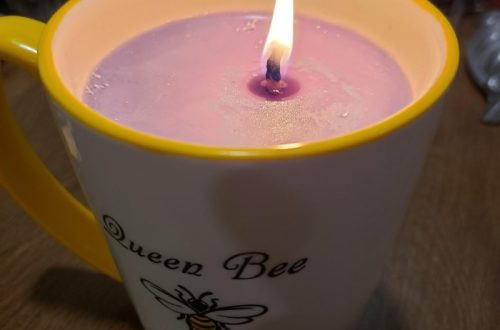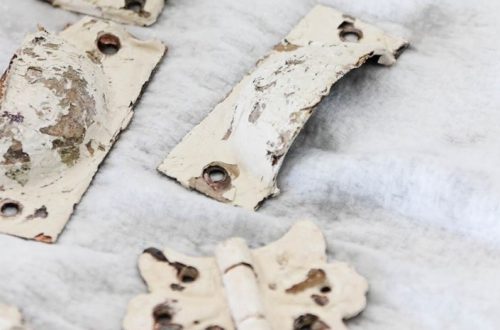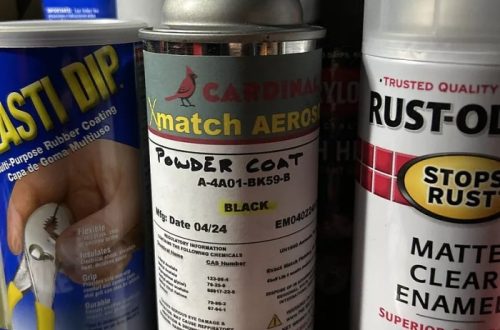What is a Beaker?
Beakers rank as vital tools in modern labs. Simple, yet highly effective, they find use in a vast range of scientific tasks.
A Brief Overview of Beakers in the Laboratory
In any lab, beakers are the go-to for handling liquids. Scientists and students rely on them for countless experiments.
Characteristics and Design Features of Beakers
Beakers boast a cylindrical shape with a flat bottom, often made of glass or plastic. Key features include a spout for easy pouring, and sometimes, graduation marks for measuring. Their design supports diverse lab activities, from basic to complex.
Core Functions of Beakers
Beakers are not just containers; their design serves several key functions in labs.
Mixing and Stirring Liquids
Beakers make it easy to mix and stir liquids. Their shape helps blend substances efficiently.
Heating Substances Safely
Scientists use beakers to heat chemicals. The flat bottom distributes heat evenly, ensuring safe warming.
Facilitating Chemical Reactions
Beakers are ideal for watching chemical reactions unfold. They’re central to many experiments in chemistry.
Measuring and Pouring with Beakers
Beakers are vital for measuring and pouring in labs. Their design helps perform these tasks with ease.
Approximating Volumes in Laboratory Work
In labs, beakers allow for quick volume checks. They’re not for precise measurements but give a close estimate. This helps when exact volumes are not crucial.
The Importance of Spouts for Precision Pouring
Spouts on beakers minimize spills. They make pouring liquids more accurate. This feature is key for transferring liquids between containers.

The Role of Beakers in Observing Reactions
Beakers are crucial in labs for watching reactions happen. Their clear walls let scientists see changes as they occur in real-time.
Transparency and Real-Time Monitoring
Beakers, with their transparent glass walls, offer a clear window into the world of chemical reactions. This transparency is crucial for scientists to observe and analyze the changes occurring within a solution. By visually monitoring the color changes, formation of precipitates, or evolution of gases, researchers can gain valuable insights into the reaction’s progress.
This visual clarity is particularly important in experiments where precise timing or specific reaction stages are critical. By observing the solution, scientists can determine the optimal moment to add reagents, adjust temperature, or terminate the reaction. This ability to monitor reactions in real-time enhances the accuracy and efficiency of scientific investigations.
Using Beakers for Educational Purposes
Beakers are essential tools in science education, bridging the gap between theory and practical application. By allowing students to conduct hands-on experiments, beakers transform abstract scientific concepts into tangible experiences. As students mix solutions, heat liquids, and observe reactions, they gain a deeper understanding of chemical processes. This hands-on approach makes learning more engaging and effective, fostering a love for science and critical thinking skills.
Furthermore, beakers help students develop essential laboratory skills, such as accurate measurement, precise pouring, and safe handling of chemicals. These skills are not only valuable in the classroom but also applicable to various real-world situations. By working with beakers, students gain confidence in their abilities and develop a sense of scientific inquiry.
Selecting the Right Beaker for Your Laboratory
Choosing the right kind of beaker is key for lab efficiency. Different tasks require different types. Let’s explore the options available.
Understanding Different Types of Beakers
Beakers, those ubiquitous cylindrical vessels found in laboratories worldwide, are incredibly versatile tools used in a wide range of scientific experiments. Their simple yet functional design makes them indispensable for tasks ranging from mixing and heating liquids to measuring volumes.
One of the most common types of beakers is the low-form beaker. These beakers are ideal for general laboratory use, such as stirring, heating, and mixing solutions. Their wide base provides stability, while their cylindrical shape allows for easy stirring and pouring.

For applications that require holding larger volumes of liquid, tall-form beakers are often preferred. These beakers have a taller, narrower shape, which can be advantageous when working with larger quantities of substances.
Some beakers come equipped with spouts, which facilitate precise pouring and minimize spills. This feature is particularly useful when transferring liquids between containers or when adding reagents to a reaction mixture. Additionally, many beakers have graduated markings on their sides, allowing for approximate volume measurements. These markings can be helpful for quickly estimating the volume of a liquid, but it’s important to note that they are not as precise as volumetric glassware.
When selecting a beaker for a specific task, it’s essential to consider the type of work being performed. For example, if the experiment involves heating liquids to high temperatures, a heat-resistant beaker made of borosilicate glass should be used. Similarly, if precise volume measurements are required, a volumetric flask or graduated cylinder would be a more suitable choice.
By carefully considering the specific needs of an experiment, scientists can choose the appropriate beaker to ensure accurate and efficient results. Whether it’s a simple mixing task or a complex chemical reaction, the humble beaker remains an indispensable tool in the laboratory.
Glass vs. Plastic Beakers: Pros and Cons
When it comes to beaker material, there are two main choices: glass and plastic. Glass beakers handle heat well and resist chemicals. They are perfect for observing changes, due to their transparency. But, they can break easily and are heavier.
Plastic beakers are lighter and less prone to shattering. They are better for fieldwork or learning environments. The downside is they may not withstand high temperatures and certain chemicals. Also, some plastic beakers are not as clear as glass, making observation more difficult.
The ‘beaker function’ in your lab will dictate the best choice. Consider durability, resistance to chemicals, and ease of observation. Every detail counts when it comes to selecting laboratory equipment.
Care and Maintenance of Beakers
Proper Cleaning Techniques
Proper cleaning is vital for beaker function and safety. Here’s how to do it right:
- Rinse with water immediately after use to prevent residue from setting.
- Use mild detergents for general cleaning. Soft brushes can help remove buildup.
- Rinse thoroughly with distilled water to eliminate detergent traces.
- For tough stains, soak in a diluted acid solution, then rinse well.
- Always handle with care; even durable glass can crack or chip if mishandled.
Remember, clean beakers ensure accurate results and prevent cross-contamination.
Ensuring Longevity and Reliability of Laboratory Beakers
Keep your beakers reliable for years with these tips:

- Store them upside down on a stable, flat surface to avoid dust accumulation.
- Avoid extreme temperature changes to reduce the risk of breakage.
- Check for scratches or chips regularly. Damaged beakers can be hazards.
- Use plastic beakers for fieldwork where breakage is a concern.
- Train all lab users on proper beaker handling to maintain integrity.
By following these guidelines, labs can ensure the longevity and reliability of their beakers.
Conclusion
Summarizing our discussion, it’s clear that beakers are fundamental to lab work. They’re used for mixing, heating, and observing reactions.
The Indispensable Role of Beakers in Scientific Research
Beakers are crucial in scientific research. Their simple design aids a multitude of lab tasks, from basic to complex. Transparency allows for close monitoring of chemical reactions. Functions in heating, stirring, and pouring make them versatile tools.
Collaborating with Quality Suppliers for Laboratory Success
Successful lab operations rely on quality beakers. Partnering with trusted suppliers ensures access to beakers that meet scientific needs. Quality beakers lead to reliable results and enhance lab safety.




